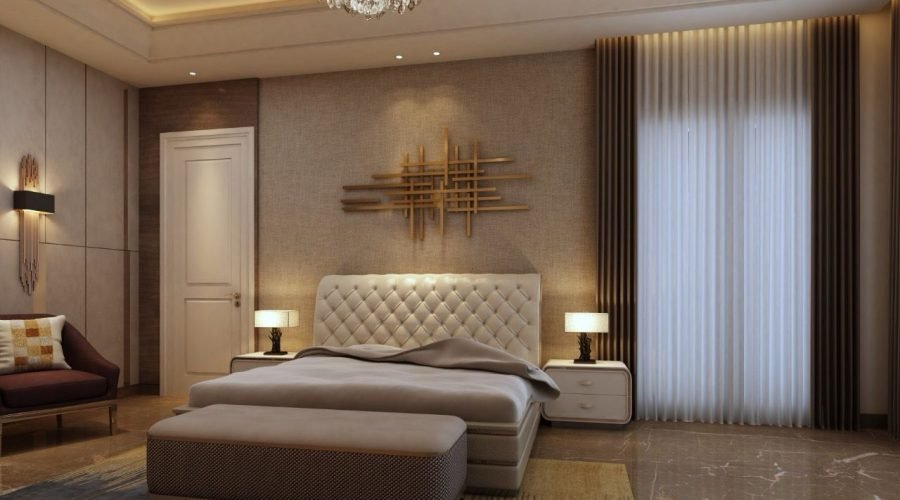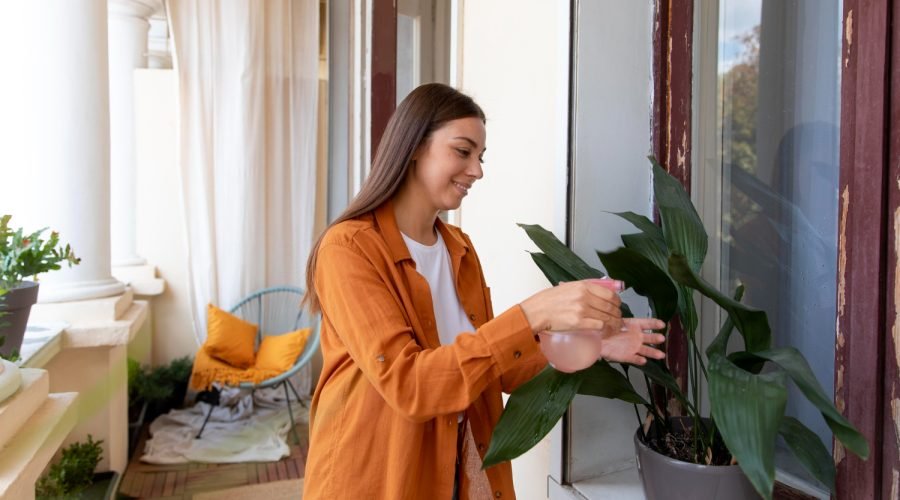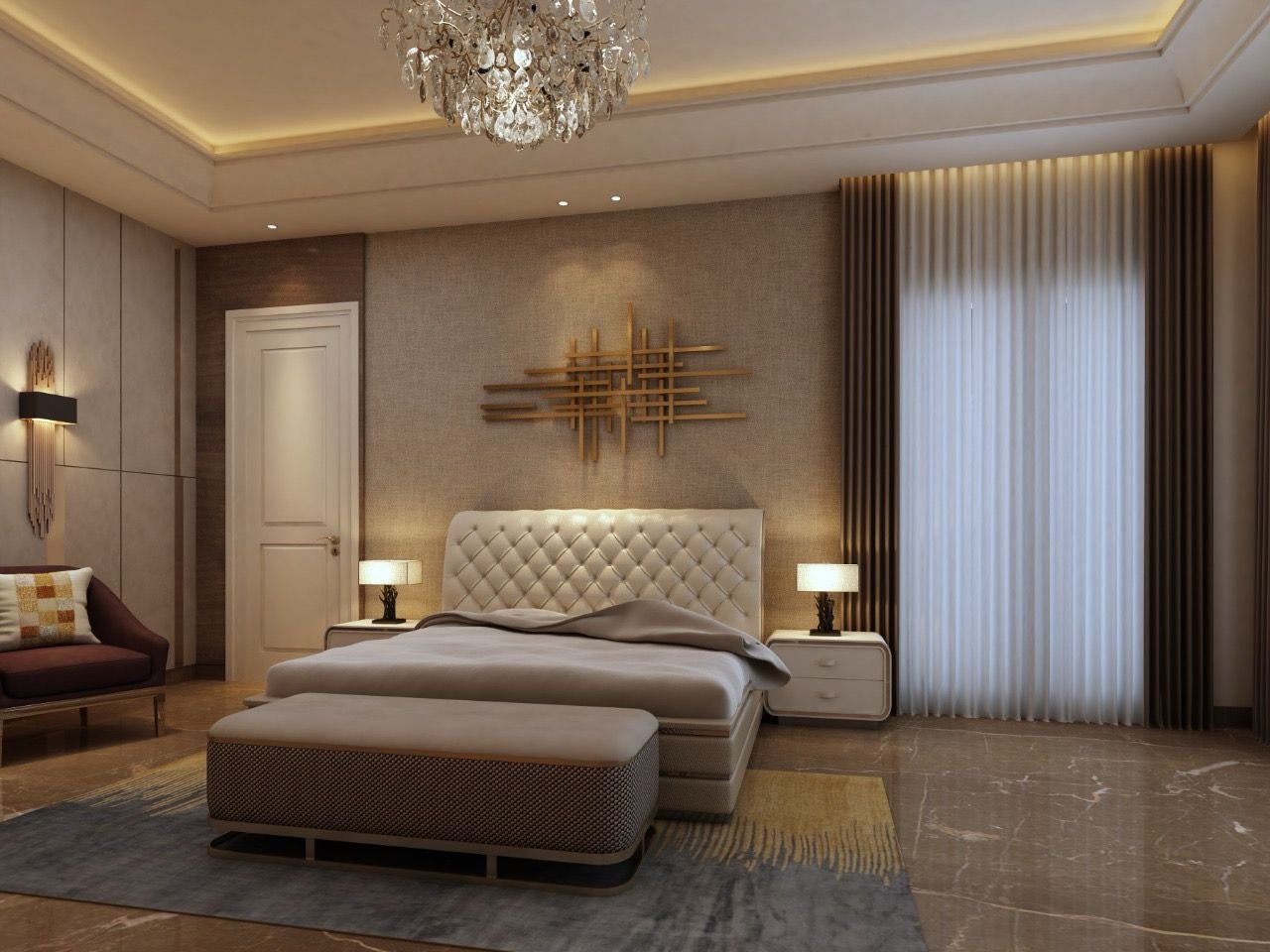Expert Advice for Crafting Your Perfect Home Design
Designing a home is essential for creating a space that not only looks appealing but also feels like a true sanctuary. It’s more than just arranging furniture and picking out paint colors; it’s about crafting an environment that balances functionality with aesthetics. Good home design involves careful consideration of every aspect, from the layout of rooms to the choice of materials and placement of windows. By focusing on these details, designers can cultivate a welcoming atmosphere that enhances the residents’ quality of life. Ultimately, home design should reflect the unique personality and lifestyle of those who live there, providing a place where they can feel truly comfortable and inspired.
Productivity is also greatly influenced by our surroundings. A well-organized workspace with ergonomic furniture and an efficient layout can boost focus and concentration, leading to increased productivity and creativity. Conversely, a disorganized or uncomfortable environment can hinder our ability to stay motivated and on task. Moreover, good design plays a vital role in our overall well-being by encouraging movement, social interaction, and relaxation. Spaces designed to promote these activities contribute to our physical health and mental well-being, fostering a sense of community and reducing stress levels. Access to green spaces, comfortable seating areas, and thoughtfully designed amenities can encourage physical activity and provide opportunities for relaxation and socialization.

Understanding Home Design
Home design is a comprehensive discipline that encompasses various aspects of creating and shaping residential spaces to meet both functional and aesthetic needs. At its core, home design involves the thoughtful consideration and integration of elements such as interior design, architecture, and landscaping. Interior design focuses on the interior spaces of a home, including the arrangement of furniture, selection of color schemes, choice of materials, and overall aesthetic appeal.

Interior Design Trends
Minimalist home design has gained popularity in recent years, characterized by clean lines, uncluttered spaces, and a focus on functionality. This approach emphasizes simplicity and restraint, with an emphasis on quality over quantity. Minimalist interiors often feature neutral color palettes, streamlined furniture, and strategic use of negative space to create a sense of calm and tranquility. Biophilic design, inspired by the innate human connection to nature, seeks to incorporate natural elements and patterns into interior spaces. Biophilic interiors often incorporate elements such as indoor plants, natural light, and views of nature to evoke a sense of well-being and connection to the outdoors.
Here are examples and visuals to illustrate each interior design trend:
Neutral color palette:
Minimalist interiors often feature a neutral color scheme, with white, gray, beige, and black as predominant colors. Simple furniture: Furniture in minimalist spaces tends to be sleek and streamlined, with clean lines and minimal ornamentation. Pieces are chosen for their functionality rather than decorative elements.
Here's a visual example of biophilic design:
1. Sustainable Design:
Sustainable design prioritizes environmental responsibility and resource efficiency
2. Use of eco-friendly materials:
Sustainable interiors feature materials that are responsibly sourced, recycled, or renewable. Examples include reclaimed wood, bamboo flooring, and recycled glass countertops.
Architectural Elements
Key architectural elements play a crucial role in enhancing the home design and functionality. Here are some elements, such as windows, doors, and flooring, that can greatly impact the overall aesthetic appeal and livability of a space:

Windows:
⦁ Size and placement: Strategically placed windows can maximize natural light and ventilation while framing picturesque views. Large windows in living areas and bedrooms can create a sense of openness and connection to the outdoors.
⦁ Style and design: The style of windows, whether traditional sash windows, modern casement windows, or expansive floor-to-ceiling windows, can significantly influence the architectural character of a home. Window treatments such as curtains, blinds, or shutters can further enhance privacy and light control.
Doors:
⦁ Material and style: The material and style of doors, whether solid wood, glass-paneled, or contemporary metal, can complement the architectural style of the home design and reflect the homeowner’s preferences.
⦁ Functionality: Doors should be designed for smooth operation and durability, with considerations for ease of use, security features, and sound insulation.

Flooring:
⦁ Material and finish:
The choice of flooring material, whether hardwood, laminate, tile, or carpet, should be based on factors such as durability, maintenance requirements, and aesthetic preferences. The finish of the flooring, whether matte, glossy, or textured, can impact the overall look and feel of the space.
⦁ Color and pattern:
The color and pattern of flooring can influence the perceived size, warmth, and ambiance of a room. Lighter-colored flooring can make a space feel larger and airier, while darker hues can add warmth and coziness.
Outdoor Spaces and Landscaping
1. Extension of Living Space: Outdoor spaces serve as an extension of the indoor living areas, providing additional space for activities such as dining, entertaining, and lounging. Patios and decks can be furnished with comfortable seating, dining sets, and outdoor kitchens, allowing homeowners to enjoy al fresco meals and gatherings with family and friends. Balconies, even in compact urban settings, offer a private retreat for sipping morning coffee or enjoying a sunset with panoramic views.

2. Connection with Nature: Outdoor spaces provide a direct connection to the natural world, offering opportunities for gardening, landscaping, and outdoor activities. Gardens filled with lush greenery, colorful flowers, and fragrant herbs provide a peaceful retreat where homeowners can unwind, reconnect with nature, and cultivate a sense of tranquility. Even small balconies or patios can be transformed into urban oases with container gardens, vertical planters, and potted plants, bringing a touch of greenery to urban dwellings.
Ideas for creating functional and inviting outdoor living areas
Define Zones: Start by defining different zones within your outdoor space to accommodate various activities. Consider creating separate areas for dining, lounging, cooking, and gardening. Use outdoor rugs, planters, or low walls to delineate each zone and create a sense of cohesion.
Home Designing for Comfort and Functionality
Enhanced Daily Living: High-traffic areas such as the kitchen and living room are central hubs where families gather, meals are prepared, and activities take place. Designing these spaces for comfort and functionality enhances daily living by ensuring that they meet the needs and lifestyle of the occupants. Comfortable seating, ample storage, and efficient layout contribute to a more enjoyable and efficient living experience.
Budget-Friendly Home Design Tips
Home design on a tight budget doesn’t mean you have to sacrifice style or functionality. Here are some budget-friendly design tips to help you create a beautiful and comfortable living space without breaking the bank:
Shop Secondhand: Explore thrift stores, consignment shops, and online marketplaces for gently used furniture, decor items, and accessories. You can find high-quality pieces at a fraction of the cost of buying new.
DIY Projects: Get creative and tackle do-it-yourself projects to personalize your space on a budget. Upcycle old furniture with a fresh coat of paint, create your own artwork or decorative accents, or repurpose materials for unique decor items.
FAQs
Home design isn’t just about aesthetics; it profoundly impacts productivity and well-being. A well-organized workspace with ergonomic furniture fosters focus and concentration, while thoughtfully designed spaces encourage movement, social interaction, and relaxation, reducing stress levels and enhancing overall mental and physical health.
Minimalist design emphasizes simplicity, clean lines, and functionality. To incorporate it into your home, opt for a neutral color palette, choose sleek and streamlined furniture pieces, and prioritize quality over quantity. Utilize negative space strategically to create a serene and uncluttered environment.
Sustainable design prioritizes environmental responsibility by using eco-friendly materials like reclaimed wood, bamboo flooring, and recycled glass countertops. Additionally, consider incorporating energy-efficient appliances, installing smart home systems, and maximizing natural light and ventilation to reduce energy consumption and minimize environmental impact.
When designing outdoor living spaces, consider factors such as functionality, comfort, and connection with nature. Define different zones for various activities, furnish with comfortable seating and amenities, and incorporate greenery and natural elements to create a welcoming and inviting outdoor retreat.
Home design on a tight budget is possible with savvy strategies. Explore thrift stores and online marketplaces for gently used furniture and decor items, consider DIY projects to personalize your space, and prioritize investments in key areas like furniture and lighting while being creative and resourceful with budget-friendly alternatives.


